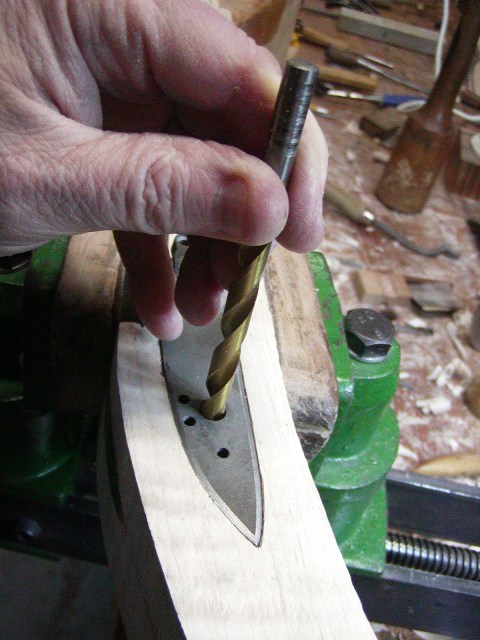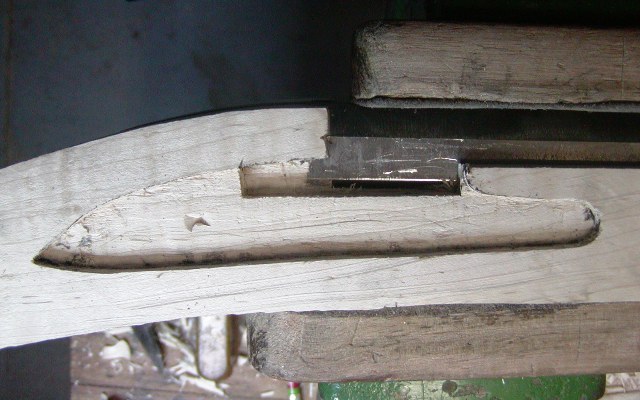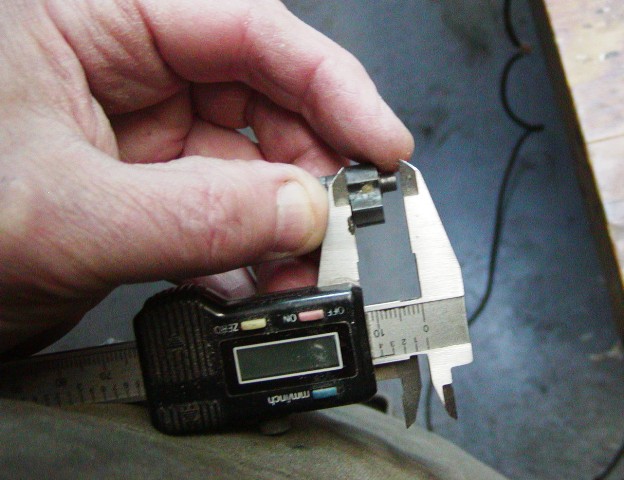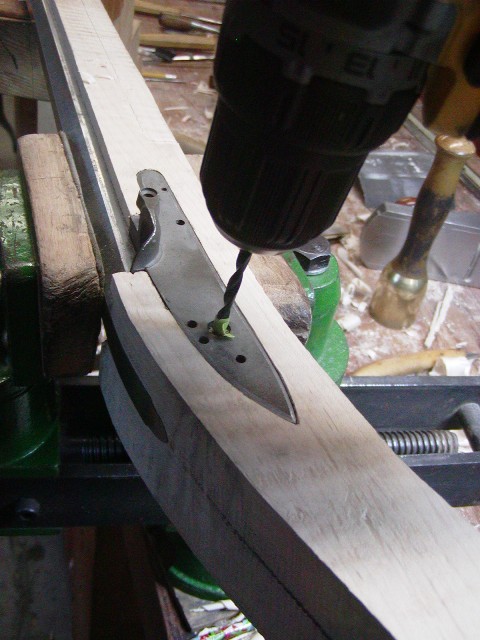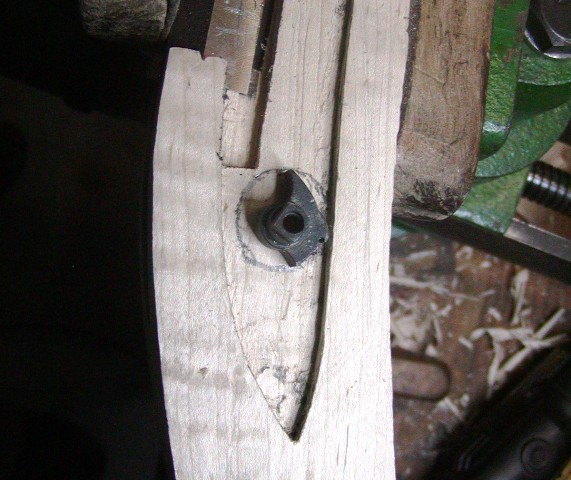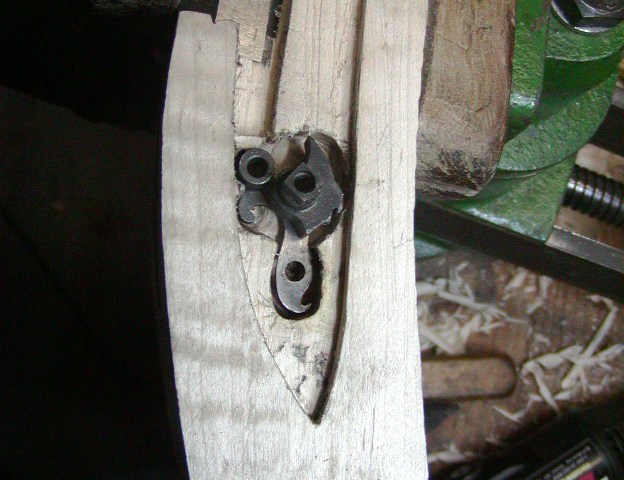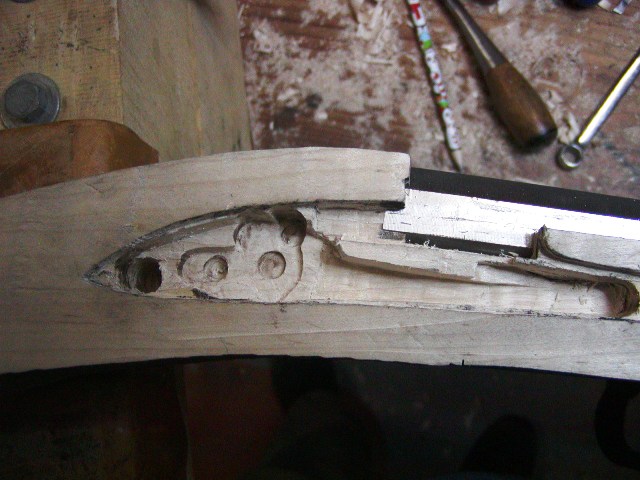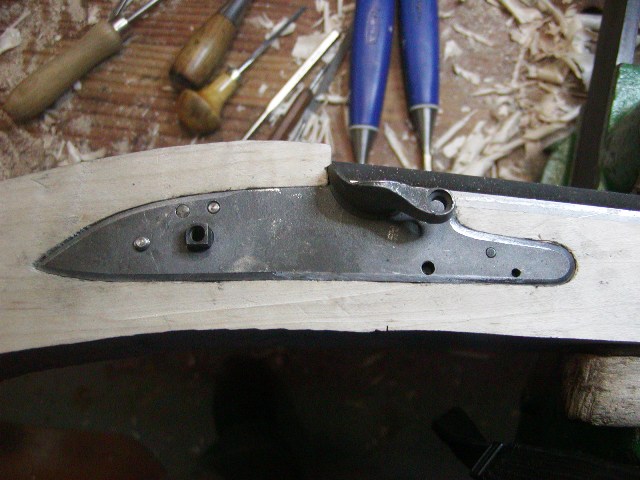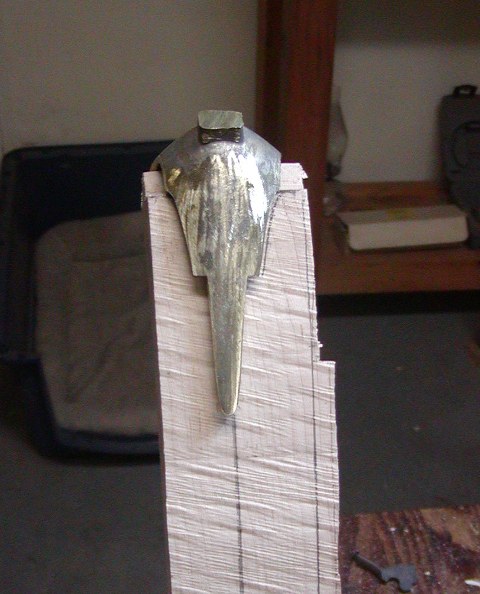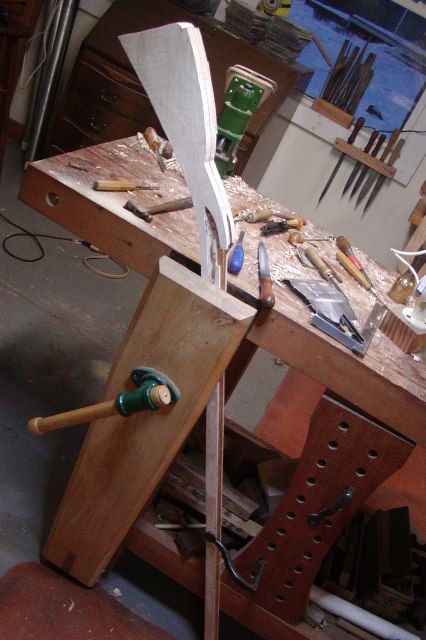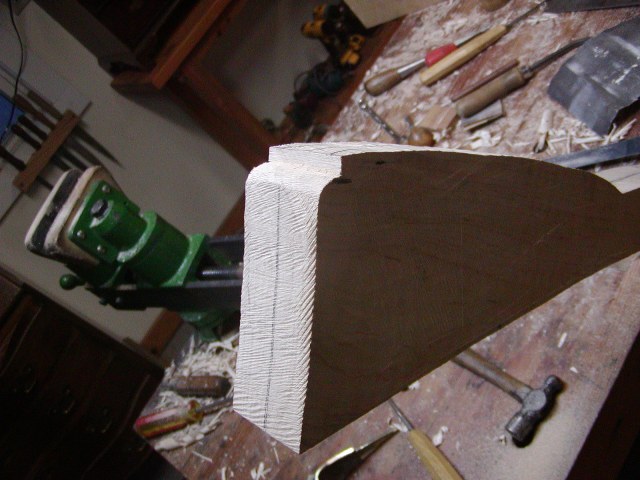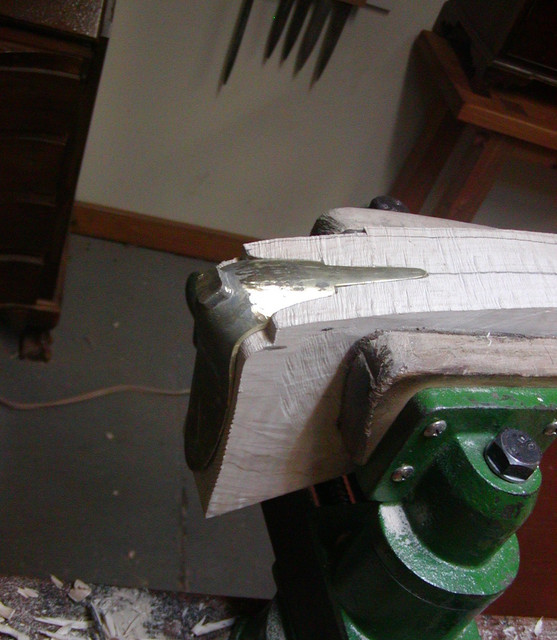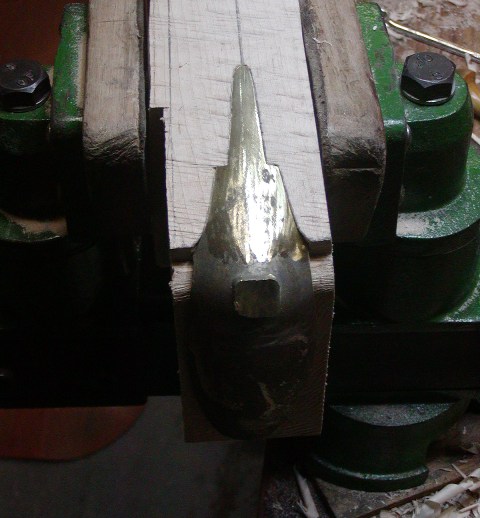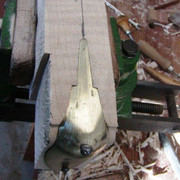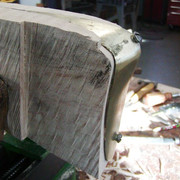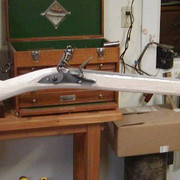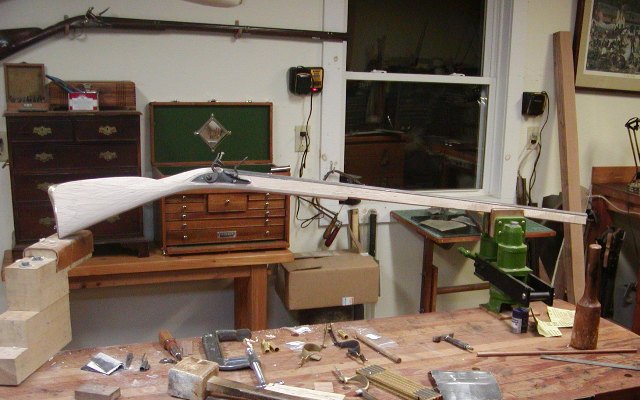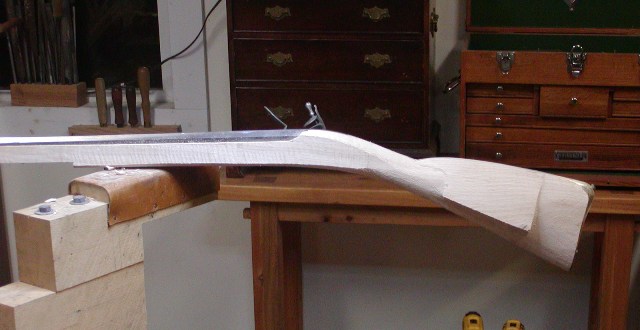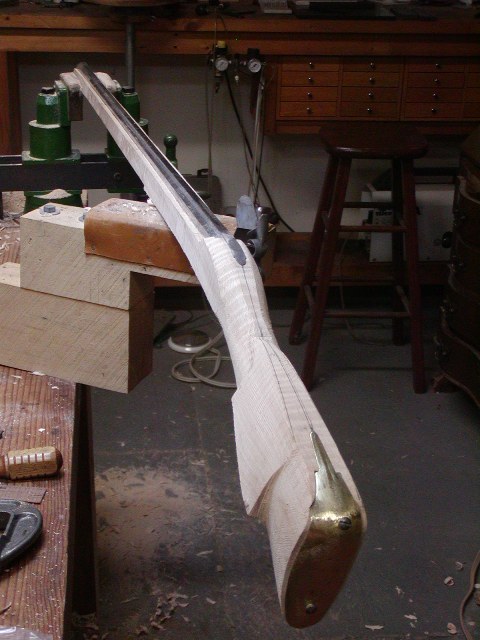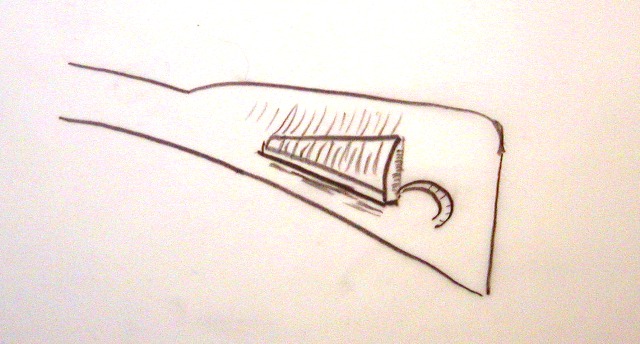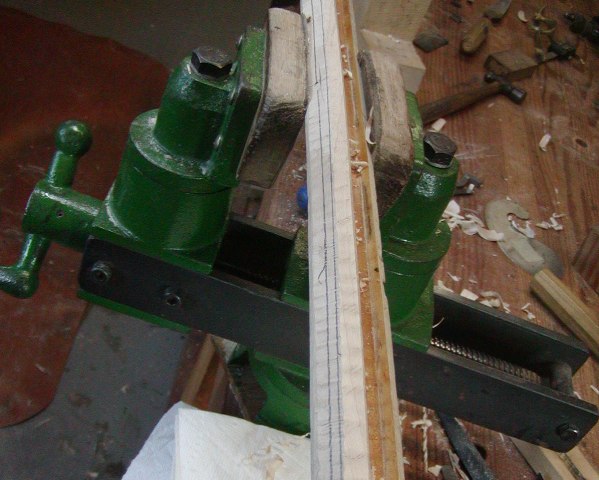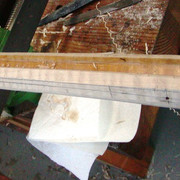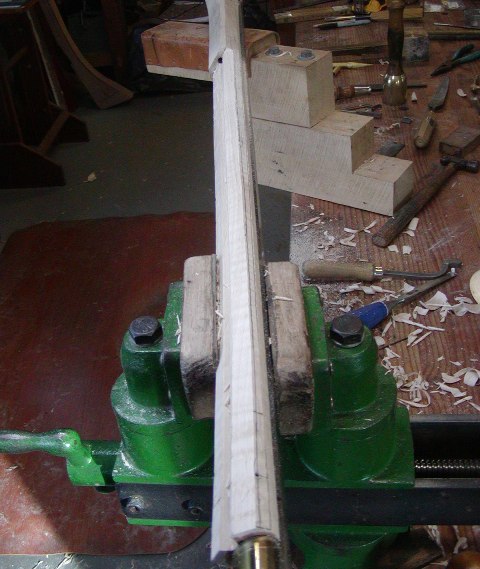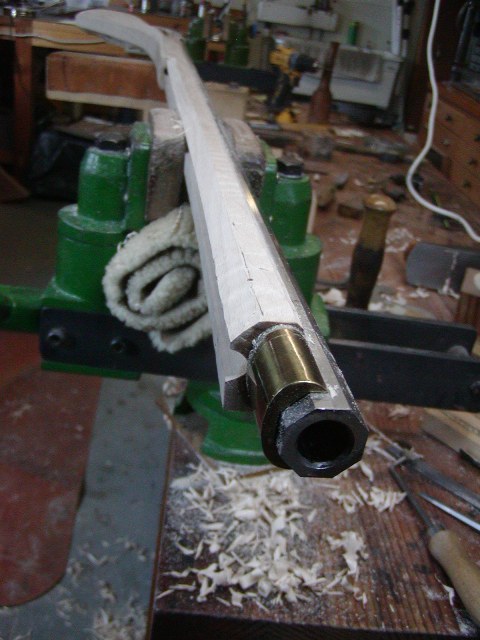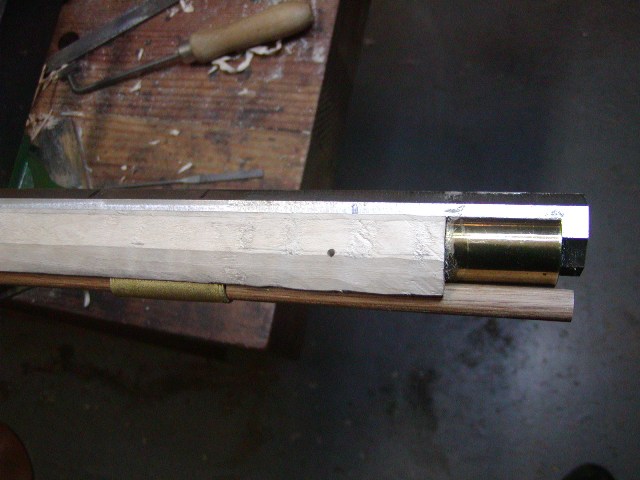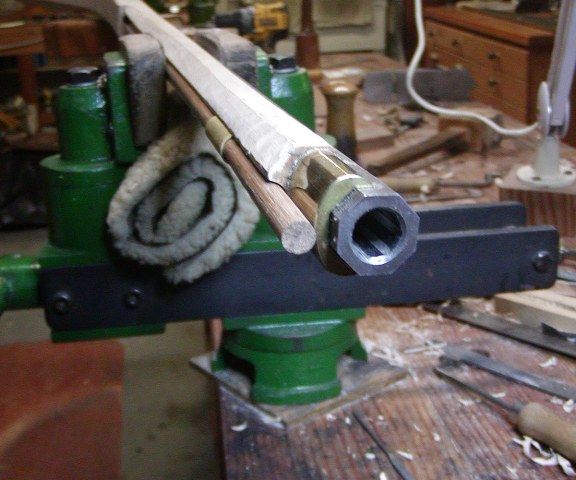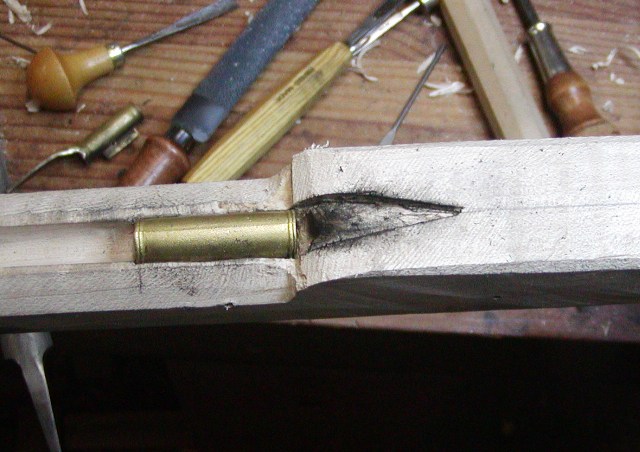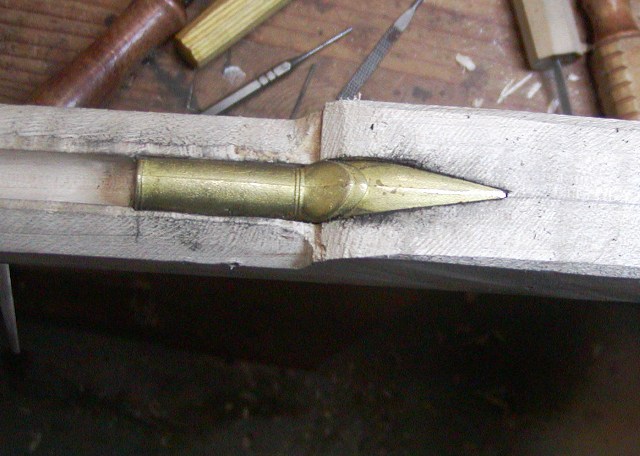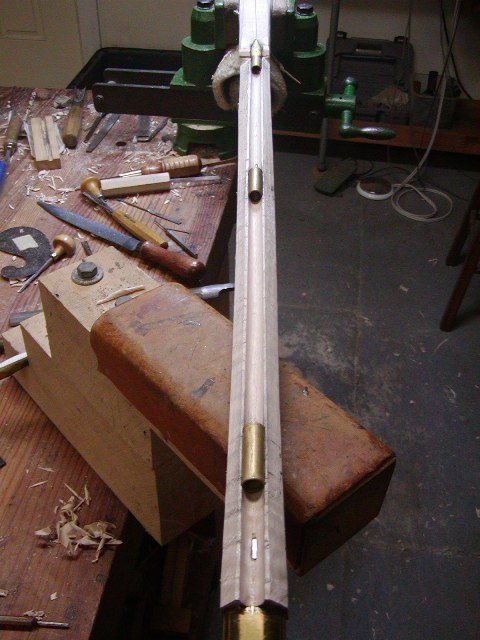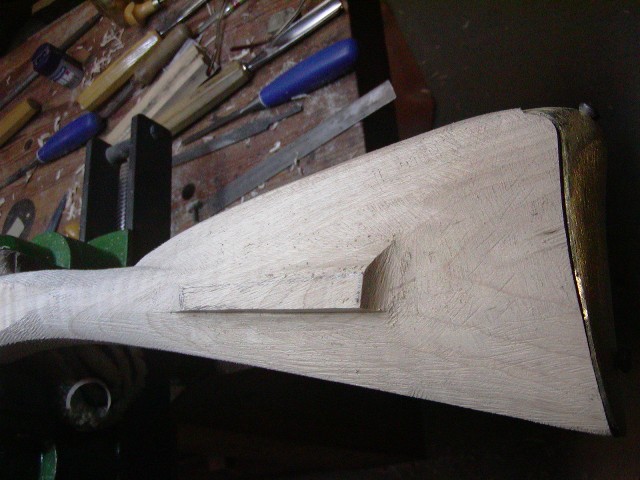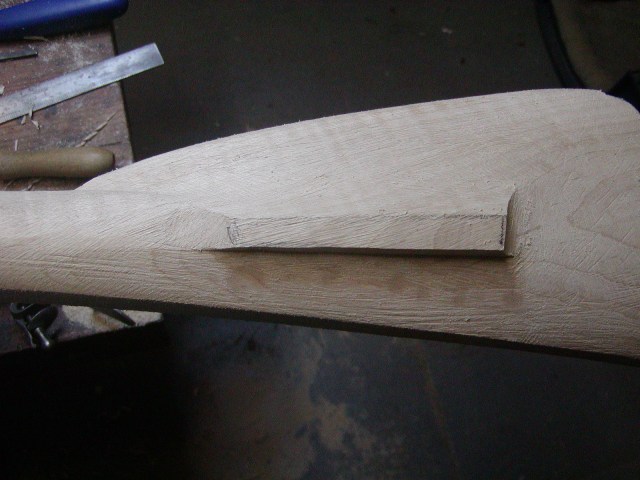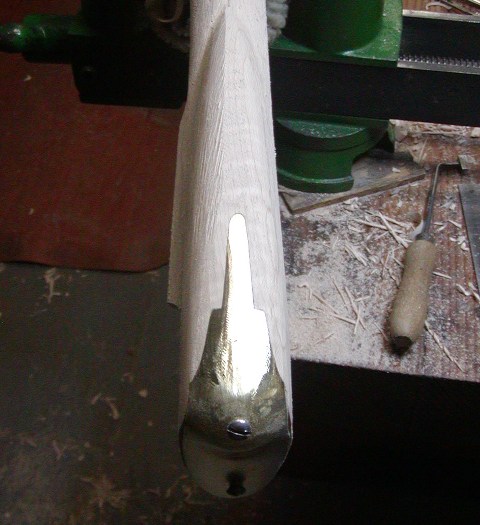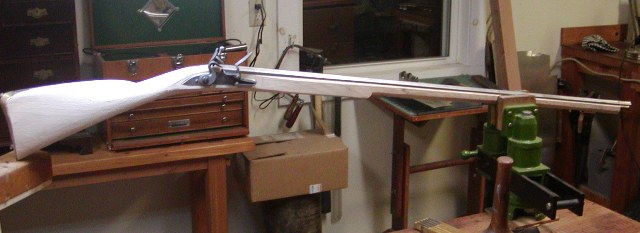- Joined
- Nov 26, 2005
- Messages
- 5,223
- Reaction score
- 10,882
Hi,
I had a bout with Covid last August and although my symptoms were very mild, I still suffered extreme fatigue and brain fog. I could do no shop work for 6 weeks because of tiredness and a horrible tendency to make mindless mistakes. Anyway, I am recovered and back to work. However, I am way behind schedule so have a lot of projects stacked up this winter and next spring. This is the first of my winter projects, a John Hills inspired rifle. Hills was the first documented gunsmith in Vermont and there are at least 2 surviving rifles he made during the last decade of the 18th century while living in Charlotte, Vermont. You can see them in Shumway's collection of "Longrifles of Note vol. 2." I'll not post photos of them to avoid violating copyright protections. My barrel is a Rice classic Dickert in 54 caliber cut back to 41". The original rifle I am working from had a 43" barrel but the owner of my version is fairly short so the shorter barrel fits him better. I've proportioned everything to adjust for that shorter barrel. The lock is a Chambers early Ketland modified slightly to better match Hills' work. The mounts will be brass and I have components that can be modified to look right. The only thing I am still missing is a trigger guard that will work. I think I am going to have to cobble one together. The red maple stock is from Allen Martin and is superb. It is as hard as sugar maple but the figure is fantastic. Thank you Allen!!! Anyway, here is where I am. The barrel is in, along with the barrel tang, and the ramrod hole is drilled. The ramrod hole is a full 3/8" to accommodate a stout 3/8" ramrod but it means the space at the breech is really packed with stuff. It is not drilled parallel with the bore of the barrel, rather it is follows the swamp of the barrel more or less so the web of wood remains fairly constant at 1/8-5/32" wide.
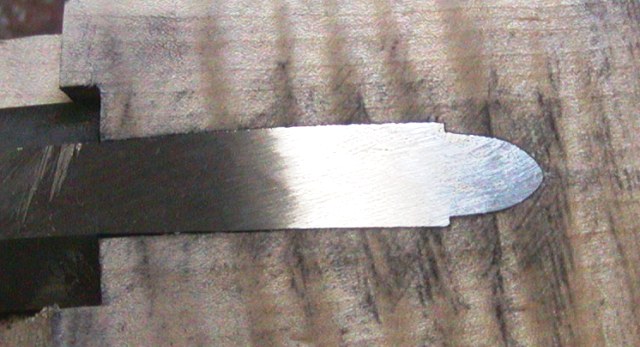
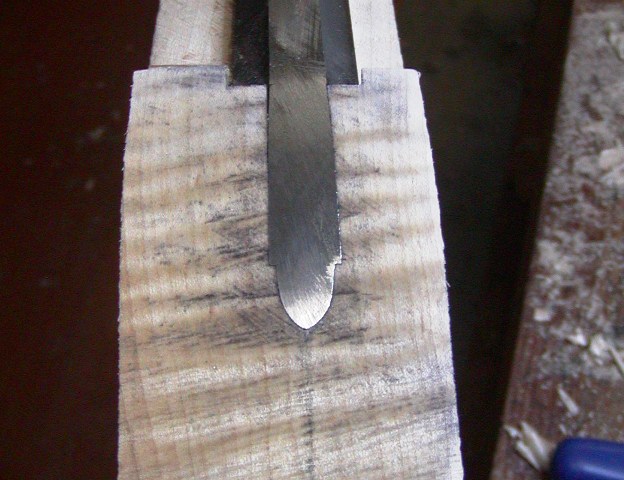
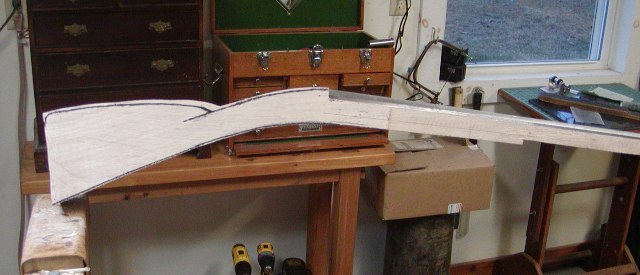

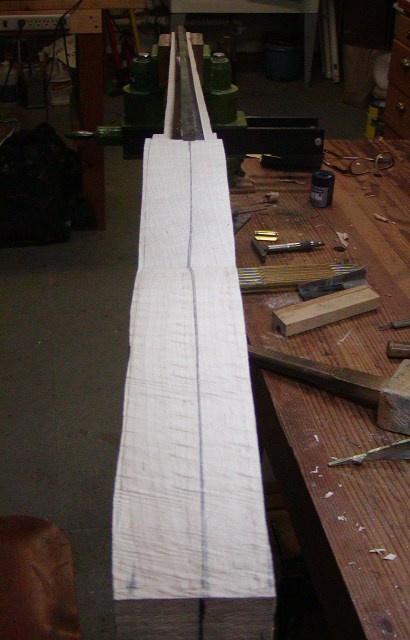
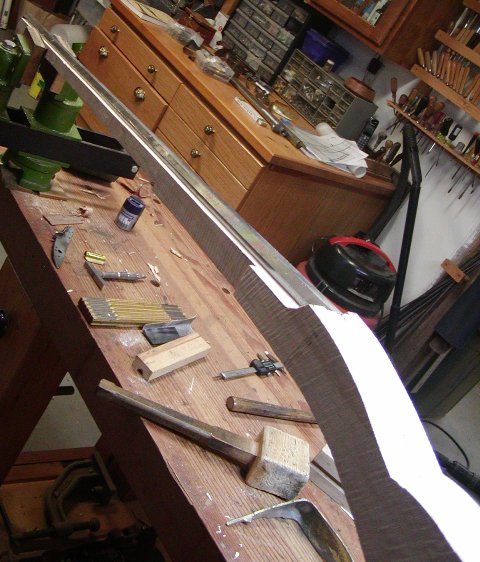

dave
I had a bout with Covid last August and although my symptoms were very mild, I still suffered extreme fatigue and brain fog. I could do no shop work for 6 weeks because of tiredness and a horrible tendency to make mindless mistakes. Anyway, I am recovered and back to work. However, I am way behind schedule so have a lot of projects stacked up this winter and next spring. This is the first of my winter projects, a John Hills inspired rifle. Hills was the first documented gunsmith in Vermont and there are at least 2 surviving rifles he made during the last decade of the 18th century while living in Charlotte, Vermont. You can see them in Shumway's collection of "Longrifles of Note vol. 2." I'll not post photos of them to avoid violating copyright protections. My barrel is a Rice classic Dickert in 54 caliber cut back to 41". The original rifle I am working from had a 43" barrel but the owner of my version is fairly short so the shorter barrel fits him better. I've proportioned everything to adjust for that shorter barrel. The lock is a Chambers early Ketland modified slightly to better match Hills' work. The mounts will be brass and I have components that can be modified to look right. The only thing I am still missing is a trigger guard that will work. I think I am going to have to cobble one together. The red maple stock is from Allen Martin and is superb. It is as hard as sugar maple but the figure is fantastic. Thank you Allen!!! Anyway, here is where I am. The barrel is in, along with the barrel tang, and the ramrod hole is drilled. The ramrod hole is a full 3/8" to accommodate a stout 3/8" ramrod but it means the space at the breech is really packed with stuff. It is not drilled parallel with the bore of the barrel, rather it is follows the swamp of the barrel more or less so the web of wood remains fairly constant at 1/8-5/32" wide.







dave




